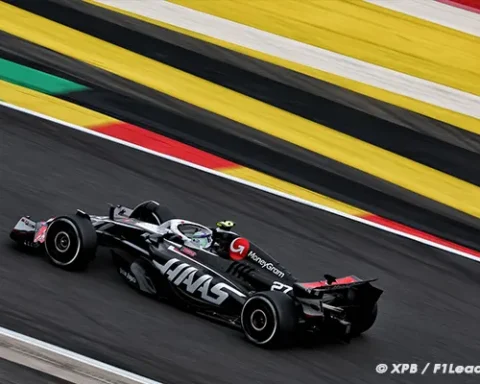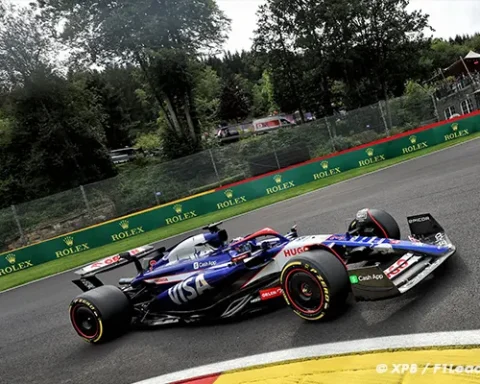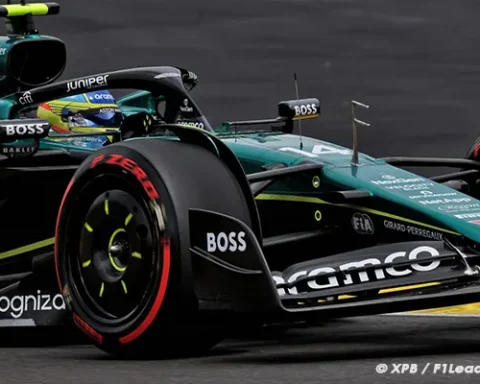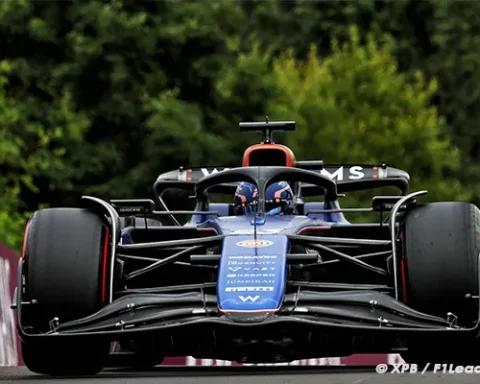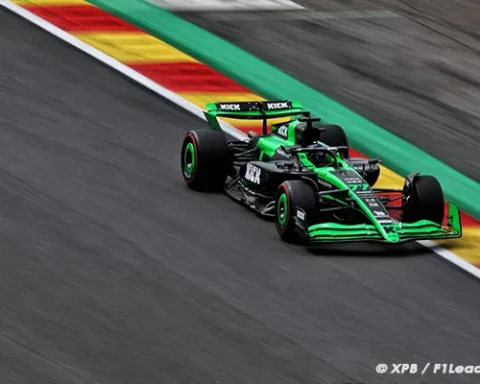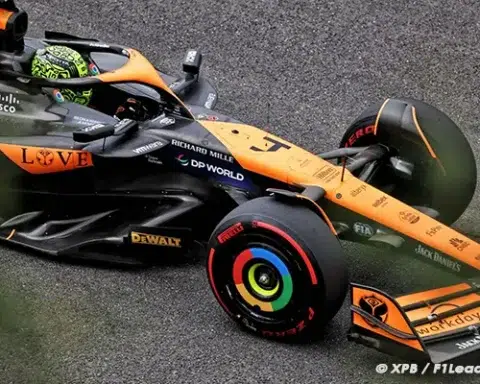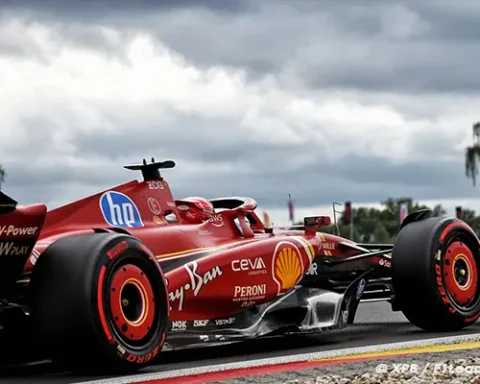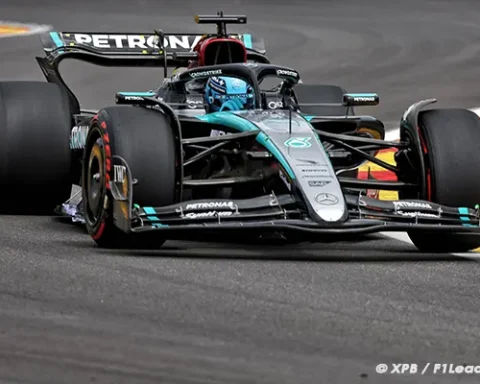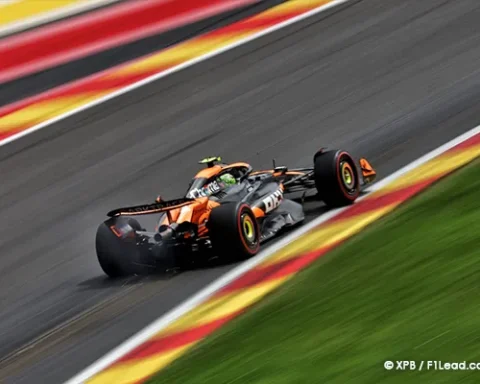Despite the off-season calm, F1 teams face intense winter months. The design and production phases peak, as teams like Mercedes work tirelessly to prepare for the upcoming season’s challenges.
It’s the great paradox in F1: December and January appear calm from the outside, with no Grand Prix events; yet, winter is one of the busiest times of the year.
Between December and January, the design of the F1 cars (concepts, drawings, various designs) is completed. But then these parts must be produced, and that’s when the production departments and quality control departments come into play.
So, it’s a rush period, or a crunch time at Mercedes F1 right now, for the teams led by Rob Thomas, the director of operations.
This key but discreet figure of the Anglo-German F1 team explained why December and January are months of rare intensity at Brackley.
F1’s Winter Challenge: Rigorous Testing & Quality Control
“Thousands and thousands of components arrive, undergo inspections and tests on all aspects. They are then assembled into various sub-assemblies for the test and development service, which subjects them to endurance, reliability, and performance tests.”
Quality control is a significant part during these winter months; every piece is tested to the limits of its resistance, inspected with ultrasonic and X-ray…
“Two of the most important tests are the front 12-axis and rear 12-axis tests, where we take the entire front of the car, the suspension, axles, mounts, build them and subject them to tests that replicate different tracks and conditions.”
“These tests serve to test the car’s structure and allow us to learn a lot. Does the part wear out, does it do what we want?”
“It’s a very intense period for the factory staff, as these departments operate on a 24/7 shift basis.”
“People show unwavering commitment. There’s so much to do, and everything must fall into place to meet deadlines.”
“At this time of year, it’s crucial to meet deadlines and not overlook any detail. We know this is what needs to be done to be in the best condition for testing and races. Otherwise, we will encounter later problems that will have a much greater impact.”
“We always try to find a balance between speed and quality.”
To avoid widespread burnout, have Mercedes and Thomas implemented any countermeasures?
“We’ve worked hard over the years on team behavior and made sure we had a well-defined set of values.”
“It’s really at this time of the year that everything happens, everyone is present in the factories, and each department is expert in its field.”
“But to produce the car on time, all departments must interact closely. Everything is done with respect, but very quickly. There’s a line of trust in each area. We never point fingers. If someone has a problem, they solve it, and if they need help, they ask for it.”
When Rob Thomas joined Mercedes in 2010, the situation was far from ideal, he recalls. This led to the disappointments of the years 2010-2012.
“There were detailed plans, but they weren’t really followed. Many internal deadlines were somewhat optional, and we did our best to meet these deadlines, but generally, we didn’t.”
“Things got more and more delayed, and we ended up with people working chaotically, trying to assemble parts.”
“We weren’t getting the desired results in terms of performance or reliability. All of this leads to showing up at the first races in less than optimal conditions, not learning what we want, and exhausting people.”
F1 Winter Production Rush: The Race to Build and Test the Cars. F1 Winter Production Rush: The Race to Build and Test the Cars
- Read More>HAMILTON PONDERS FUTURE: RETIREMENT OR BREAK?
- Following us on Facebook and Twitter.

